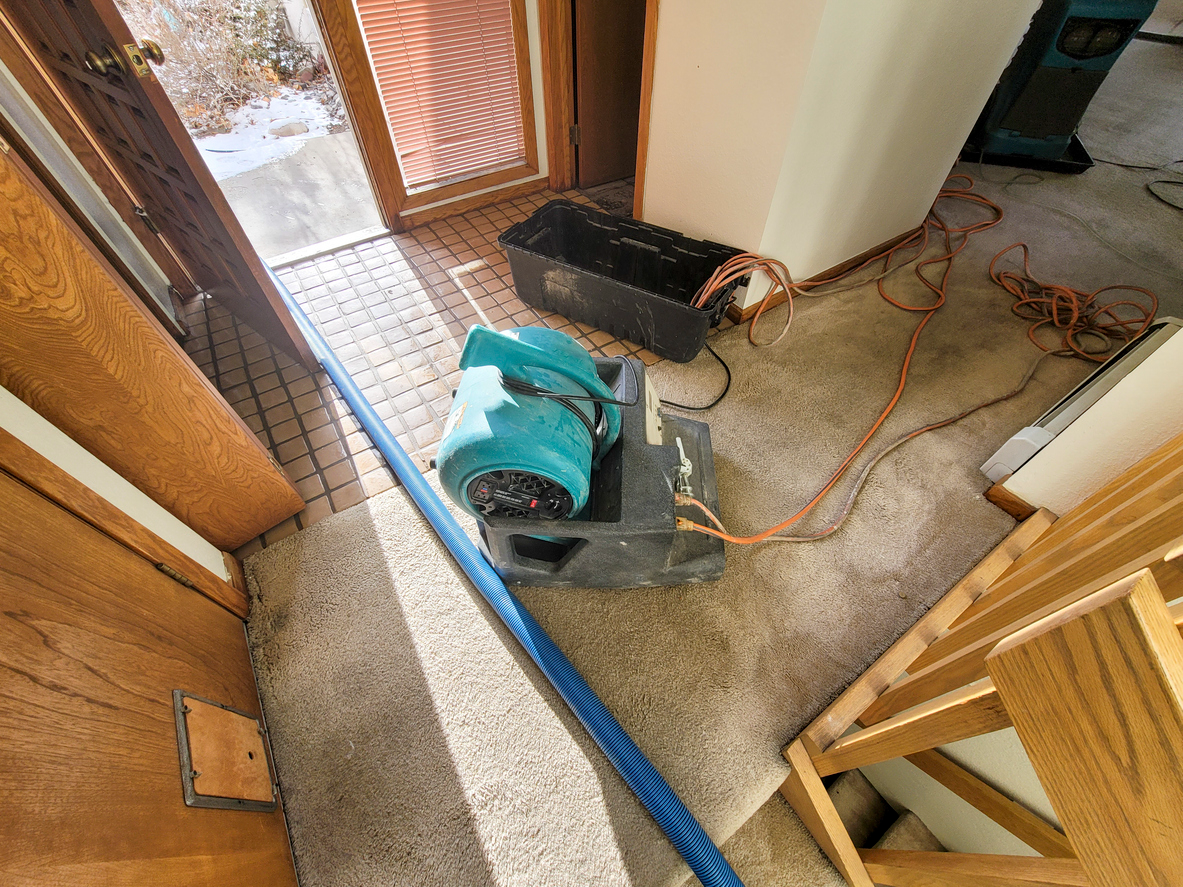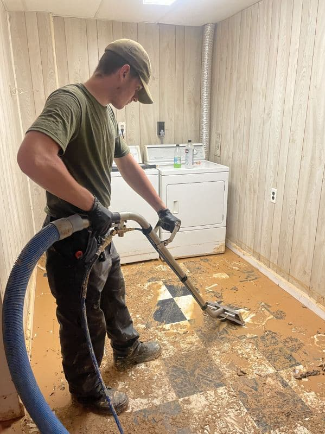When recovering from a flood, it’s important to understand the roles of water mitigation and water damage restoration. While these two processes are closely connected, they serve distinct purposes. Knowing the difference can help property owners make informed decisions during the critical aftermath of a flood.
What Is Water Mitigation?
Water mitigation is the first step taken to reduce or prevent further damage following a flood or water intrusion. It involves emergency response efforts designed to stabilize the property and minimize long-term impact. Common components of water mitigation include:
-
Water Extraction: Removing standing water using industrial pumps and vacuums.
-
Drying and Dehumidifying: Utilizing commercial-grade fans and dehumidifiers to eliminate excess moisture.
-
Damage Containment: Establishing physical barriers to prevent water from spreading to unaffected areas.
-
Mold Prevention: Applying antimicrobial treatments to reduce the risk of mold development.
-
Disposal of Unsalvageable Materials: Removing items that are too damaged to restore safely.
Mitigation is about fast action. It is not about repairs, but rather about reducing the severity of the damage and preparing the property for restoration.
What Is Water Damage Restoration?
Water damage restoration is the process of repairing and restoring a property after the mitigation phase has been completed. This step focuses on returning the property to its pre-loss condition through a range of repair, cleaning, and reconstruction efforts. Restoration services typically include:
-
Structural Repairs: Fixing damaged floors, walls, ceilings, and other building components.
-
Mold Remediation: Identifying, removing, and preventing the recurrence of mold.
-
Cleaning and Disinfection: Sanitizing affected areas to ensure they are safe and free from bacteria or contaminants.
-
Content Restoration: Restoring personal belongings, equipment, or business assets that were damaged by water.
-
Reconstruction: Rebuilding severely affected areas to fully restore functionality and safety.
This phase ensures the property is safe, clean, and ready for use again, whether for residential or commercial purposes.
Key Differences Between Mitigation and Restoration
Understanding the differences between these two processes is essential for an effective recovery strategy:
-
Purpose: Mitigation focuses on limiting further damage, while restoration repairs and rebuilds.
-
Scope of Work: Mitigation includes water removal, drying, and containment. Restoration covers structural repairs, mold removal, and reconstruction.
-
Timing: Mitigation begins immediately after a flood. Restoration follows once the property is stable and safe to repair.
Both stages are necessary. Skipping mitigation can result in widespread damage and increased costs. Delaying restoration can leave your property unsafe and uninhabitable.
When to Call in the Experts
Flood recovery is not a DIY job. Both water mitigation and restoration require professional skills, specialized equipment, and safety protocols. Certified technicians can accurately assess the extent of the damage, remove water quickly, dry and disinfect the area, and perform structural repairs. Their expertise ensures no step is overlooked, giving you peace of mind and a faster path to recovery.
Call Operation Dry Space, Inc. for Complete Water Damage Recovery
If your property has experienced flood damage, trust Operation Dry Space, Inc. to guide you through the entire process. From immediate mitigation to complete restoration, our team is equipped to handle every stage with care and precision. Serving homeowners and businesses in Spotsylvania, VA, we are committed to restoring your property and peace of mind. Call us today at 540-893-2770 or complete our online form to get started.



